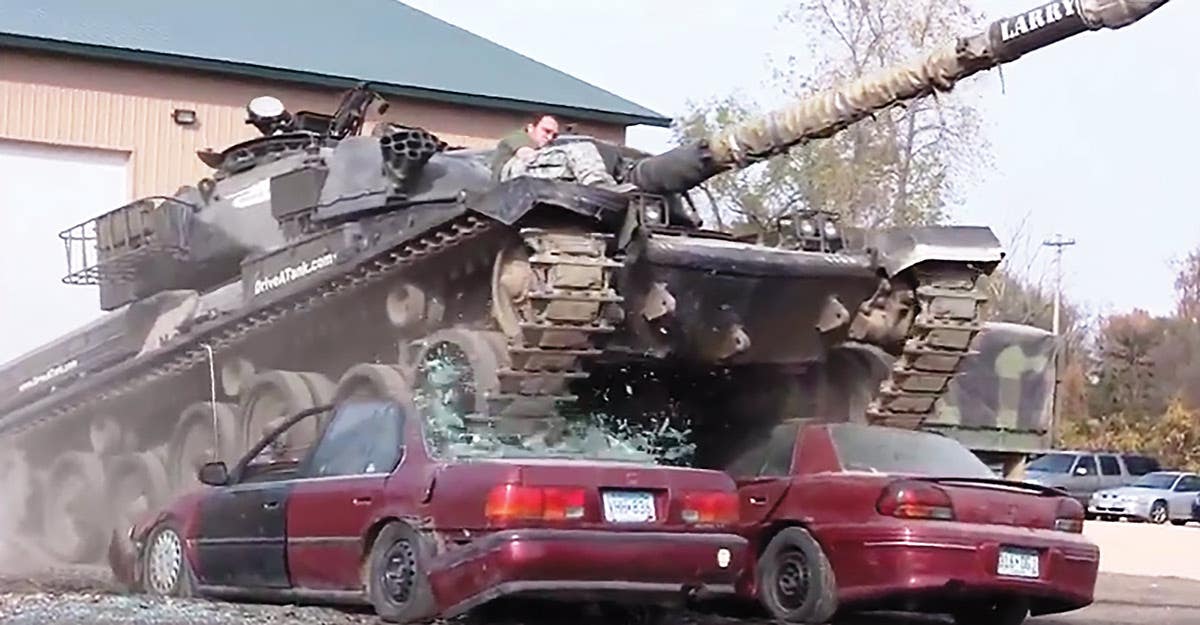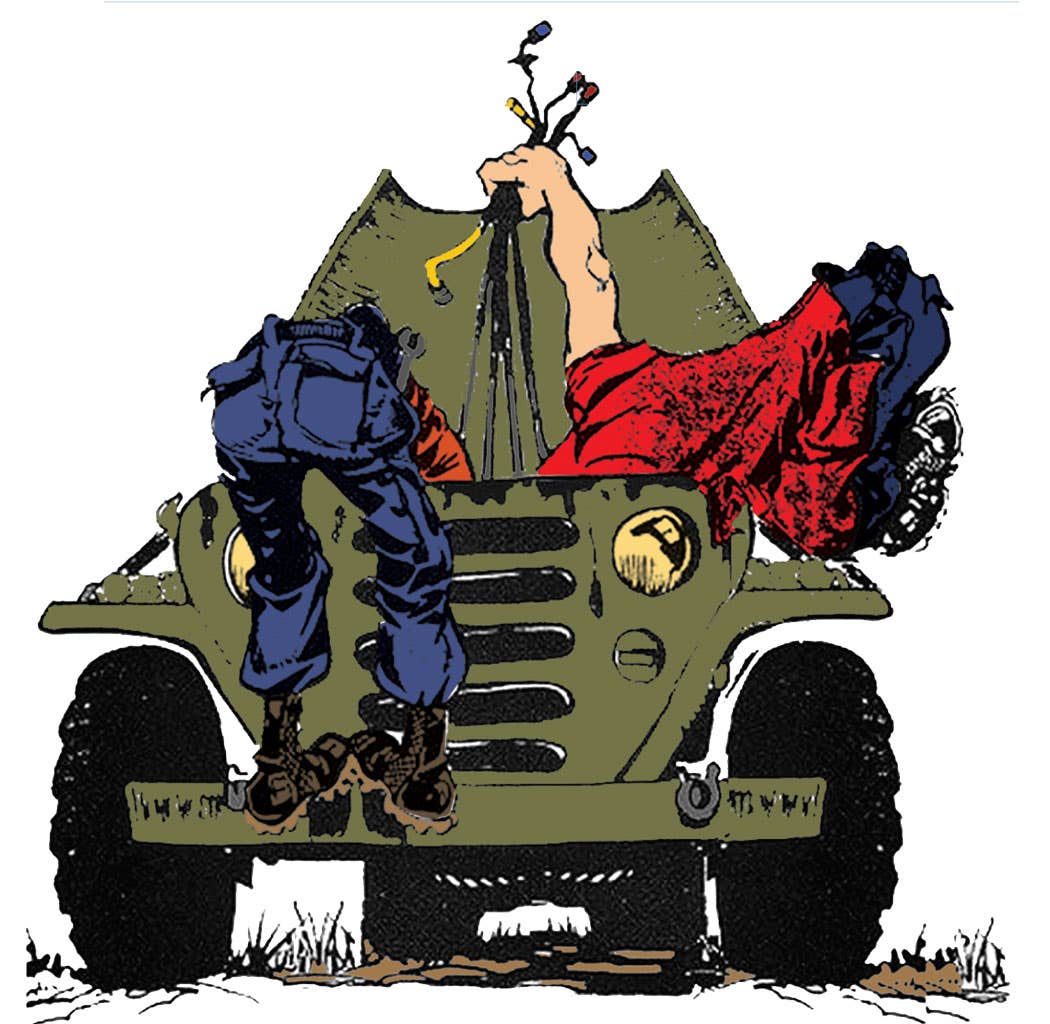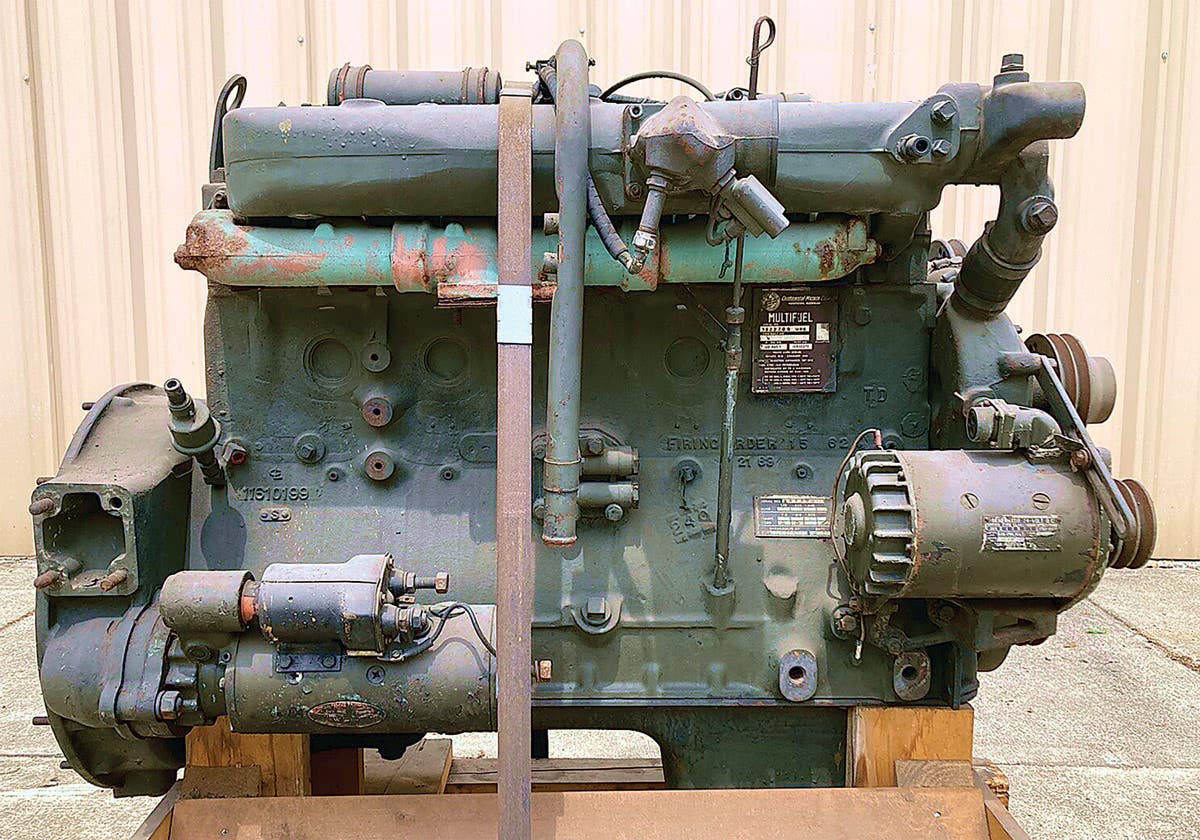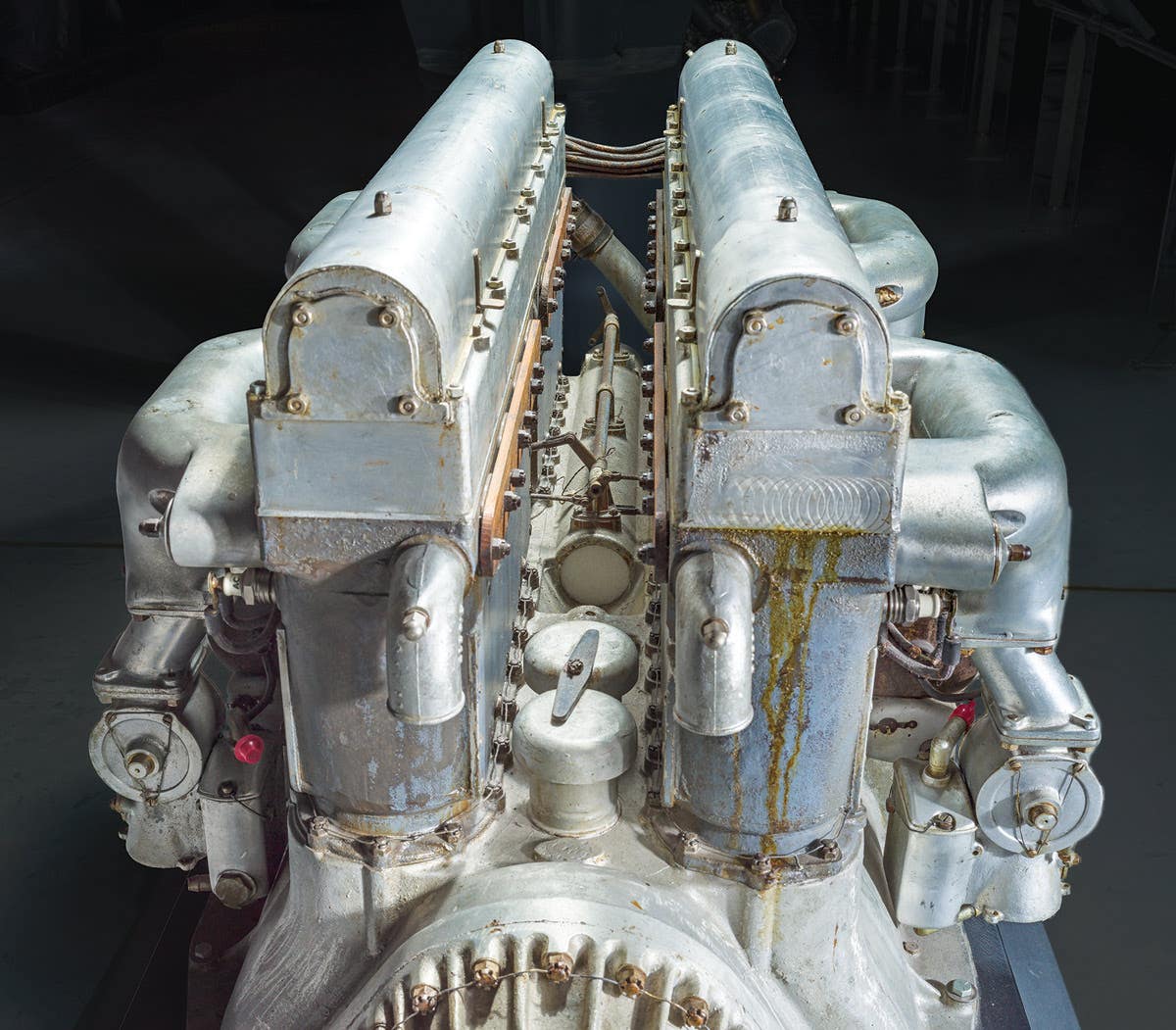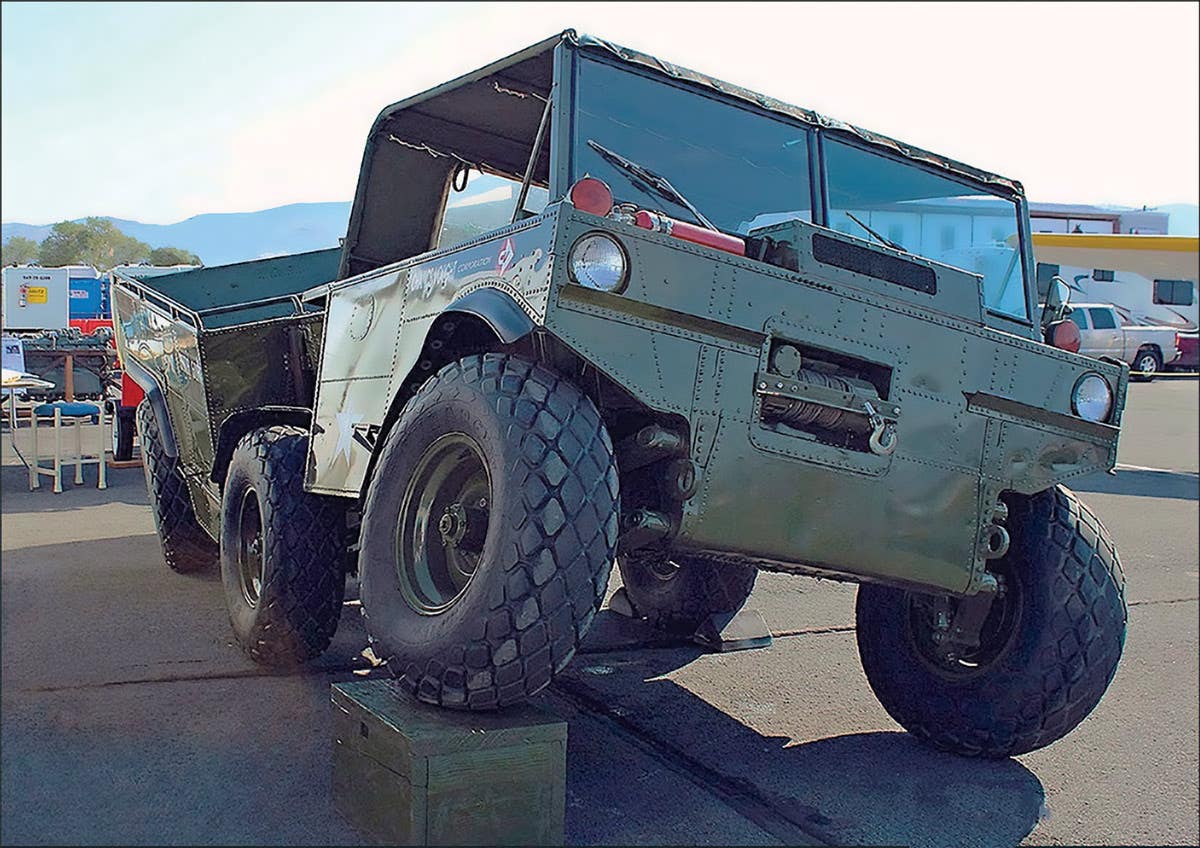Tech Tips: Rust never sleeps, dim bulbs and more
Steve Turchet answers your military vehicle questions.
Short Supply
Q:
Over the past two years I have been having fuel supply problems with my 1953 M38A1 jeep. When I firs. got the jeep about 10 years ago I did a complete fuel system cleaning and parts replacement. This included a new fuel tank, filters, sending unit, fuel pump, and I overhauled the carburetor myself.
Everything was fine until about two years ago. The problem is that when the jeep is not started for three or more days I have to prime the carburetor to get it started. Once started it runs great and will restart daily as long as three days have not passed. Since this problem has come up, the fuel pump has been replaced twice and overhauled once. The fuel pump now seems to be working correctly as it provides 4.2 lbs. of pressure at the carburetor and holds pressure there. Vacuum and pressure measurements for the fuel pump are within specs. When the jeep will not start after the three-day period, I can loosen the fuel line at the carburetor and the fuel pump is supplying plenty of fuel. Recently, I drained and cleaned the fuel tank, installed a new in-tank filter, an in-line filter between the tank and the fuel pump, and an in-line filter between the fuel pump and the carb. Last year I had the carburetor professionally rebuilt to resolve this problem. That has not worked.
The company that rebuilt the carburetor says they have had lots of experience with Carter YF carburetors, yet the problem persists. They have run bench tests, flow tests, leak tests, etc. and have yet to find the problem. They have had the entire jeep for a month now and still no results. It appears to me that the problem is with the accelerator pump system. When I depress the accelerator pedal prior to starting the engine, there is no indication that any fuel is being fed... hence having to prime the carburetor to get a start. Since this is a side-draft carburetor I cannot look into the throat to see if fuel is being fed. I am assuming it is not, as you cannot smell any fuel and you can never flood the carburetor by pumping the gas pedal, even with full choke when cranking the engine.
Your help would be appreciated. —Chuck Stury
A:
The Carter carburetors (and some were YS waterproof models) used on most M-series U.S. military Willys jeeps are actually downdraft, mounted on top of the engine intake manifold, but have the air intake horn at a 90-degree angle. Most true side-draft carburetors are mounted in a horizontal plane. Regardless of terminology, and based on what you told me you’ve done to try to solve the problem, it sounds as if maybe the float bowl in the carburetor either isn’t filling up to the proper level when the jeep is running (float level possibly set too low) or somehow fuel is leaking out of the bowl when the engine isn’t running.
In a hot environment, fuel may also percolate and evaporate from the carburetor bowl after a hot engine is shut down. Any of these things would make for slow starting a few days later... and whether or not the accelerator pump was working properly. I would check for correct float level, and also that the correct needle valve and seat are installed. If these are OK, I would then make absolutely, positively sure the accelerator pump is working right. If you aren’t getting a good squirt, remove the carburetor from the engine. Remove the carburetor top. Remove the check weight and/or check ball from the main discharge hole. Fill the flow bowl with fuel (kerosene or paint thinner will also work and is less flammable). Press the pump diaphragm all the way to the bottom of the bowl. This should fill the pump with fluid. Pull the pump diaphragm up. Fluid should come out of the main discharge hole. Put the check ball and check weight back in the main discharge hole. Hold the check ball down gently with a drift punch. Push the diaphragm down and up again. You should feel some resistance and no fluid coming out of the main discharge. If not, then tap the check ball down with a few gentle taps to seat it. You can do the same thing on models that only use a check weight.
Another possibility is a warped pump housing. This will cause gas to leak out of the diaphragm back into the fuel bowl, causing a weak accelerator squirt. Run a flat file across the bottom of the housing to insure it is flat. Filing at the corners will help. Some YF carburetors use a relief hole to relieve the pressure in the main discharge. You can plug the hole — as a last resort — to fix a hesitation or weak squirt problem. Test the pump circuit before you consider plugging this hole with a check ball. Epoxy will most likely fail due to the ethanol.
Yet another possibility is an air leak somewhere in the suction or vacuum side of the fuel system... before the fuel pump. This could be in the filter, or in any of the lines and connections. It could also be in the pickup tube inside the fuel tank (leaking soldered joint) or in the connection where the fuel line connects to the pickup tube on top of the tank.
Since this problem seems to be with this carburetor, no matter how many times you’ve had it rebuilt, after checking for all the possible above-mentioned problems, why not beg or borrow another carburetor — even one off a civilian jeep, or just about any other old unit that would fit the intake manifold and which you know for a fact to be working properly, and install it. If the jeep starts OK after sitting for three days with the “new” carburetor, you would know for sure that you still have problems with your present one.
Short Supply Part II
Q:
Thanks for your reply and assistance. The garage sent the carburetor to Carter for testing. Came back with a clean bill of health. No leaks, no cracks, whatever. Gas tank has been cleaned and new filter in tank and two inline filters added. Fuel pump tested fine and no back flow through pump. Fuel in carburetor float bowl, and correct fuel pump pressure when cranking engine. I still think it is a problem with the accelerator pump, but shop says no. I get the impression that they are tuned to fuel-injection systems rather than carbs.
Can you tell me how to check the accelerator pump since I cannot see into the carb? Seems to me if the accelerator pump was working you would smell gasoline after several pumps from the accelerator. Never have smelled gasoline like it would be flooding. Still, one squirt from my oil /gas squirt can and the engine starts. My intuition still tells me it is the accelerator pump. Years past one could just buy the pump at an auto supply. Now it seems like you have to buy the whole kit.
Any suggestions? Will any single barrel Carter work? I am looking for another carb. to try as per your suggestion —Chuck Stury
A:
Sorry to hear you’re still having problems. While you didn’t mention if you checked the float level and ascertained that the correct needle valve and seat were installed, I tend to agree with you that it may be the accelerator pump. Yes, if the accelerator pump is working you should not only smell gas at the air horn but should also hear it squirting down the throat. I’d say the pump should probably squirt about three times with the engine off and the float bowl full.
The fact that the engine starts instantly after you prime it is almost always an indication that an accelerator pump either isn’t working, or that a jet or passage might be clogged somewhere in the delivery system. I’d say to first concentrate on somehow checking these things, and fixing the pump i’ necessary.
Just about any old downdraft carburetor that will fit Your jeep’s manifold should work for testing purposes. Some carburetors from early Ford Falcons or Econoline vans will fit.
Rust Never Sleeps
Q:
I just read your article on MV winches. Great article! Question: I would like to know what type of oil or grease is recommended for the wire rope to keep it from rusting? —Jerry Nola
A:
Thank you for your kind words about the winch article. As mentioned in the article, the military once advised pouring used engine oil on the winch wire rope to prevent rust, but then changed its mind when finding that the oil tended to rot the wire-rope’s fiber core. The problem may have been that used engine oil contains acids and other contaminants, and also that the core material used in the winch rope of WWII and early M-series vehicles was susceptible to being eaten by oil... or possibly the detergents in the oil. Or, it may have been a combination of all the above. I used new, non-detergent engine oil on my winch rope and there never seemed to be a problem with the core. Turbine oil seems like another good choice, and it’s usually cheaper than engine oil. Alternatively, one could use a wax-based grease, such as waterproof boat trailer wheel bearing grease. Any oil or grease will attract dust and dirt, so if your winch is seldom used, a canvas cover might be a good idea to keep it clean. Incidentally, dirt, or especially sand, will work its way into most wire rope and can significantly weaken and shorten its life when a winch is being used.
Plugged Plug
Q:
One of the spark plugs on my FV432 is “frozen” in place. I want to change the plugs, but this one won’t budge even with a breaker bar on it and plenty of soaking with penetrating oil. Do I risk damaging something if I get on it with an impact wrench? Any suggestions?
—John in NY
A:
I would use a longer breaker bar and try to remove the plug by hand. One doesn’t have any control with an air or electric impact tool and can’t feel when something is about to break or shear off. About the worst damage you could do would be to shear off the top of the spark plug’s base. Then you would have to drill out the base and re-thread the spark plug hole. At the very worst the hole might have to be sleeved. You might also try heating the plug’s metal base with a torch and letting it cool. The resulting expansion and contraction will often loosen the grip of rust on a frozen component or nut or bolt. Ordinary brake fluid often works better than most penetrating oils to free frozen things. After you get the old plug out, it would probably be a good idea to chase the cylinder head threads with the proper tap. After doing so, use a flex magnet to get any metal particles out of the cylinder. Hope this helps, and good luck!
Wipey Weepy
Q:
I have an early model M35 (Reo gas) and I liked your Reo article a lot because these early trucks seem to be ignored in the hobby. Anyhow, I have a small but annoying problem with my truck because I can’t find the right windshield wiper blades. I know there are reproductions for sale in the magazine, but they all have “hospital” prices. Any suggestions on finding something cheaper? Thanks and keep up the good work! — Doug Mason
A:
I’m glad you liked the M35 article. Your problem is shared by many HMV owners with many different types of vehicles from jeeps to 10-tons. You might check local boat and marine supply stores. These often have straight wiper blades for flat glass windshields, though the quality of the rubber varies a lot. You might also check with local commercial truck or heavy-equipment dealers and may find straight wiper blades. A problem one often encounters when buying something off eBay or another online venue is that the shipping cost may significantly boost the price, and sometimes the shipping costs more than the part. Another potential problem is, while the mechanism that attaches the blade to the wiper arm looks simple, it is often very difficult to mate mismatched components so the blade stays on the arm and/or wipes properly. With these things in mind, plus the high price of fuel these days, you might save money in the long run by buying the correct repro blades from one of our advertisers.
Dim Bulb
Q:
I have a minor problem with my “new” Dodge WC-63. The instrument panel lights are very dim and don’t show the gauges at night. Wiring problem?
A:
If your WC has its stock 6-volt electrical system, first check that someone hasn’t put 12-volt bulbs in the instrument panel lamps. If not, I would next clean the lamp units and their mounting holes in the dashboard to be sure they’re grounding properly. Painting the interior of the lamp shields flat white will also make the lights brighter.
Send your favorite Tech Tip or question to Steve Turchet, c/o Military Vehicles Magazine, 5225 Joerns Dr., Suite 2, Stevens Point, WI 54481 or e-mail c/o military@aimmedia.com



